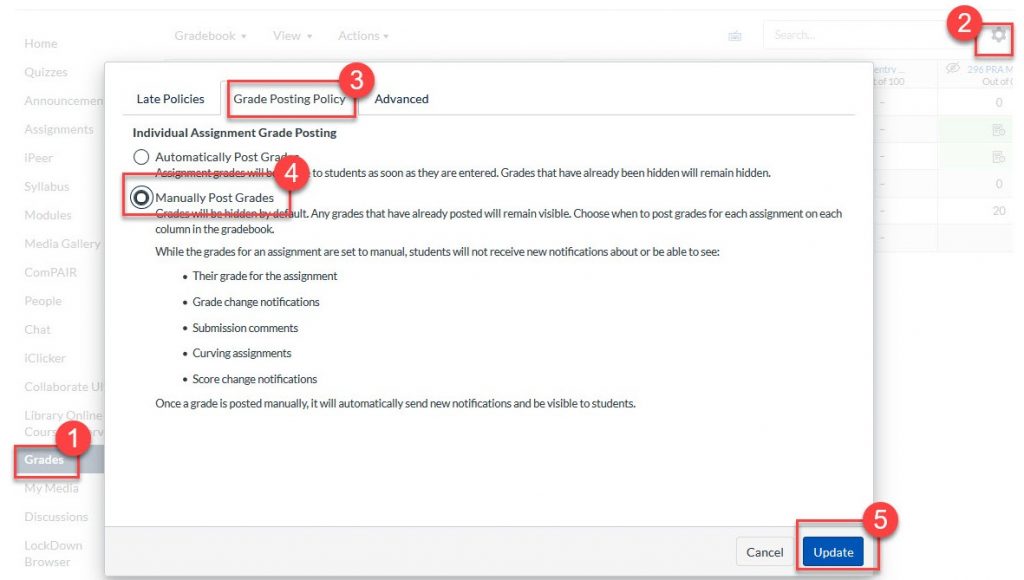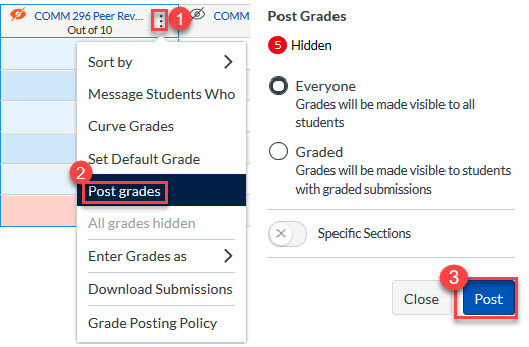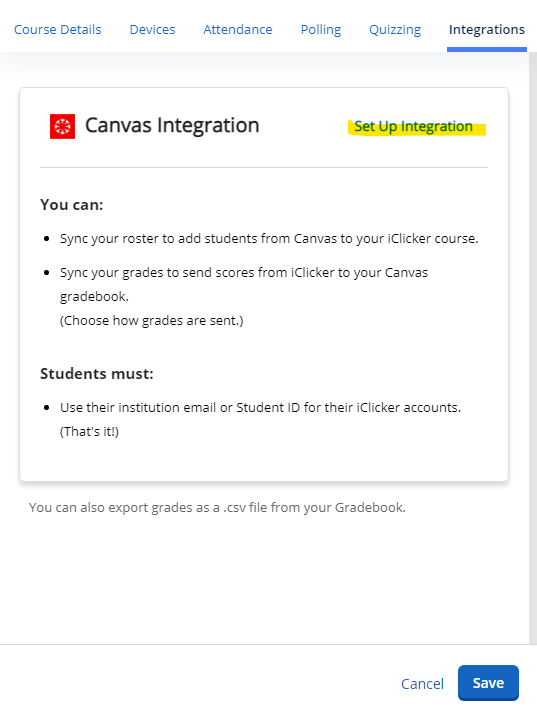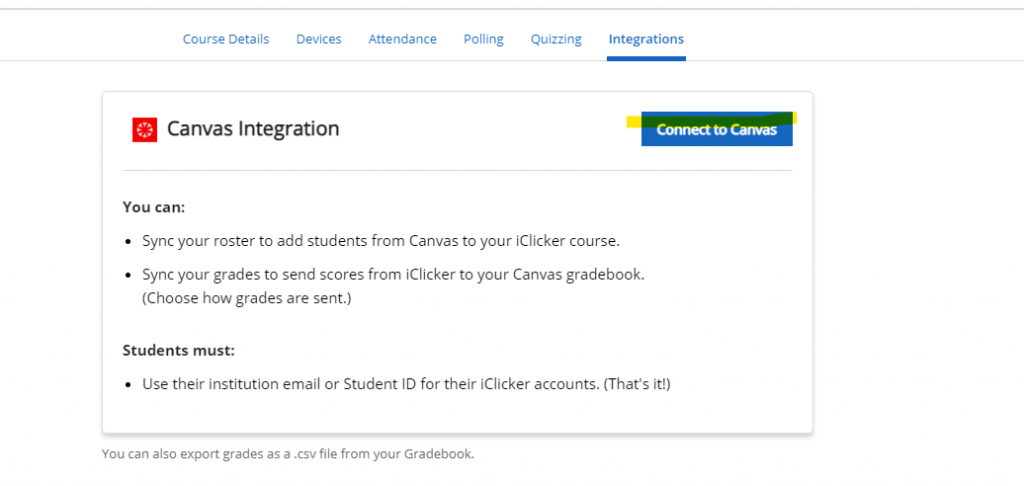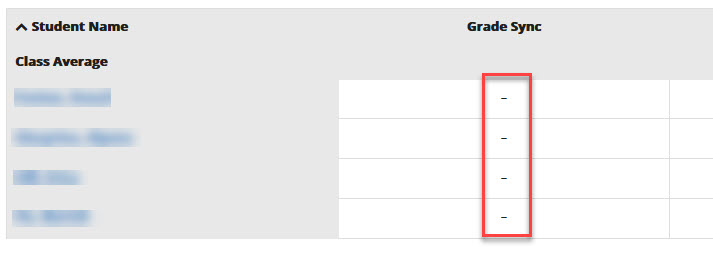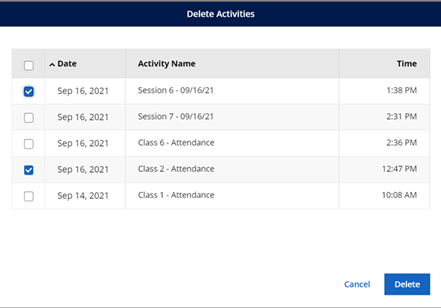These instructions will guide Sauder Instructors to set up an iClicker Cloud Course and connect it to their Canvas Course.
Here are the step by step instructions:
Enable iClicker Cloud in Canvas
- Go to your course in Canvas and click “Settings”
- Select the “Navigation” tab
- Find and enable “iClicker Cloud”
- Click “Save”
Download iClicker Cloud for your desktop
We recommend running iClicker Cloud from the desktop app and not from the web browser.
Go to the iClicker Cloud download page and select Windows or Mac to download the application. Once you do this, you can usually find the iClicker Cloud icon on your desktop.
Register / Sign Into iClicker Cloud
- In the iClicker Program, either Sign in or Create Account
Create an iClicker Cloud Course
- Within the iClicker Program Click “Create New Course” on the top left. Note that if you have multiple sections, you will need to create an iClicker course per section to prevent students from receiving “double credit” or being marked as absent in sessions they do not belong to
- Even if you only want to use iClicker to take attendance, keep “Full Course” selected
- “Course Name” should be the same as what it appears on your Canvas course page
- Start and end dates should be teaching start and end dates
- Back on the iClicker homepage, select the three dots on the right hand side of your course > Settings
- On the Polling tab, select:
- “Do not send a picture of my screen” → Students cannot see and answer the question if they are not in class
- “Do not send results” → This ensures that students will not automatically see the distribution of responses in the class. You can still share results manually from your end if needed
- “Session Participation” is how you wish to grant participation marks
- “Session Performance” is how you want to mark student answers
Integrating iClicker Cloud with your Canvas Course
- In the “Integrations” tab of the settings, select “Set Up Integration”
2. A window will pop up that says “Setting up this integration requires the web application”. Click “Save and Continue” and a window will pop up leading you to the web application.
3. In this new window, select “Connect to Canvas” and then click “Go to Canvas”. If prompted, please log into Canvas with your UBC CWL.
4. iClicker will request Authorization. Select “Authorize” to proceed connecting iClicker with Canvas.
5. You will be brought back to the iClicker Cloud web page where you will see a list of the Canvas courses that you teach. Select the course that you wish to sync with iClicker and click Next.
- *Note: By default, you will be shown a list of your published courses that you are teaching. If your course is currently unpublished, toggle the button on the top right side of the “Select Your Canvas Course” window to “Unpublished” and select the course you wish to sync with iClicker.
6. If your course has multiple sections, select the section you wish to add to your class and click “Connect”
7. Select “Sync Roster Now” and the Canvas integration is complete!
Get your students access to your course
Prior to your first iClicker class, we suggest sending an announcement to students to get them to sign up for your class. Here is an example:
Welcome to COMM 123 sec 234. Tomorrow we will be using iClicker in class. If you do not have an iClicker student account. please follow the instructions on the iClicker Student Guide. Once you have an account, you must access the course by going into the Canvas course and clicking ‘iClicker Cloud’ in the left hand navigation. You must access the iClicker course through the ‘iClicker Cloud’ link at least once for your points to be captured. Then add the iClicker course to your account. This course is called COMM 123 sec 234. Please make sure you join the correct section so your grades will be captured.
